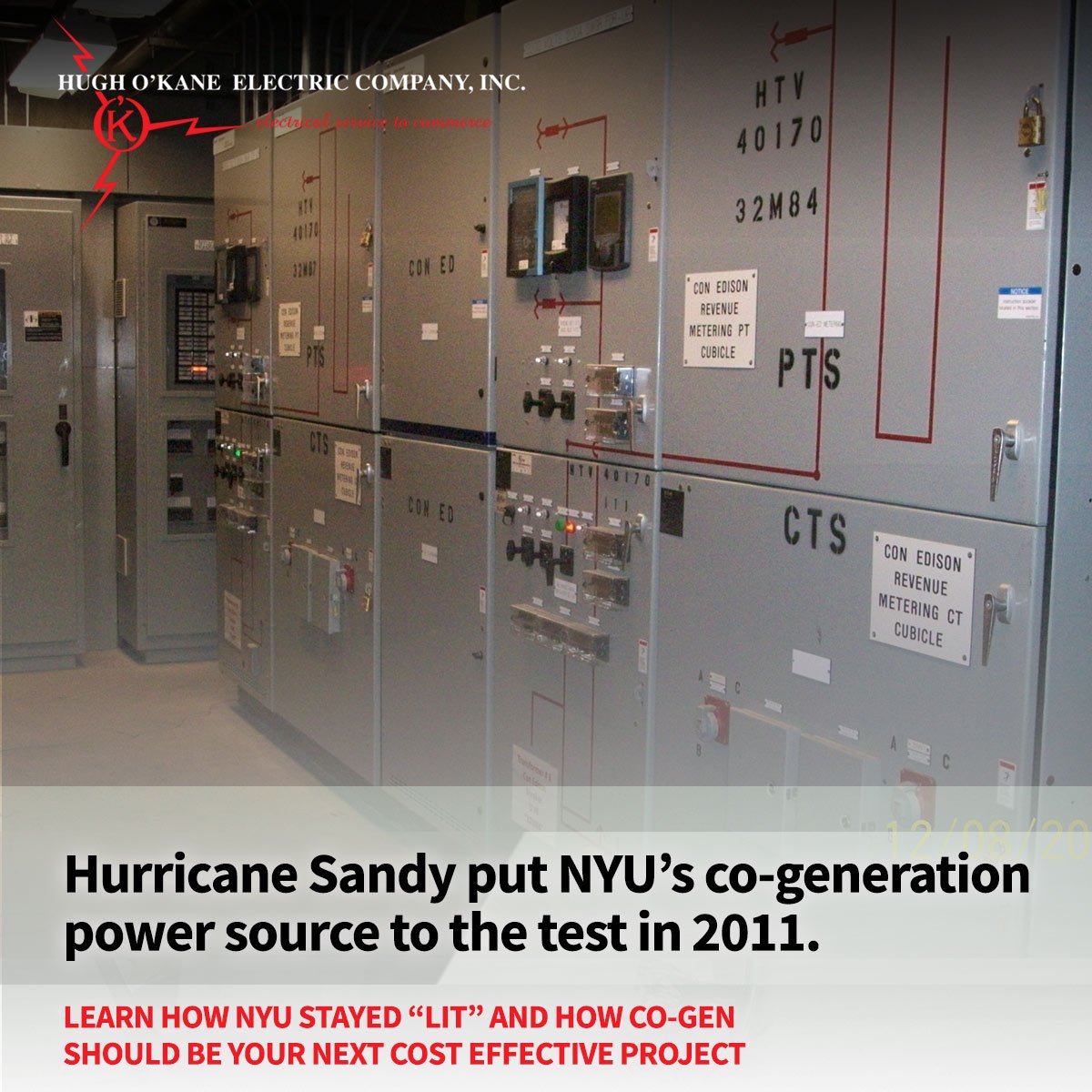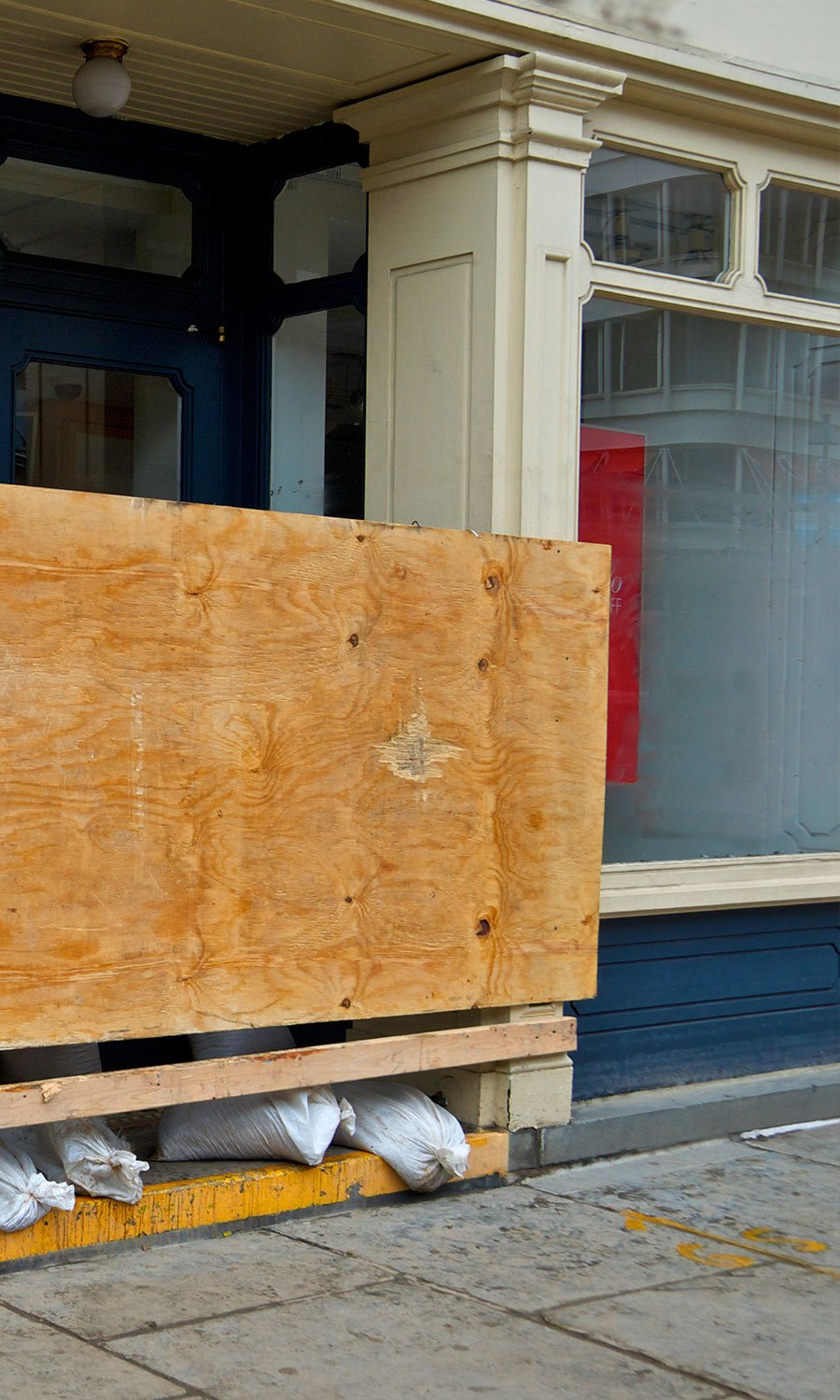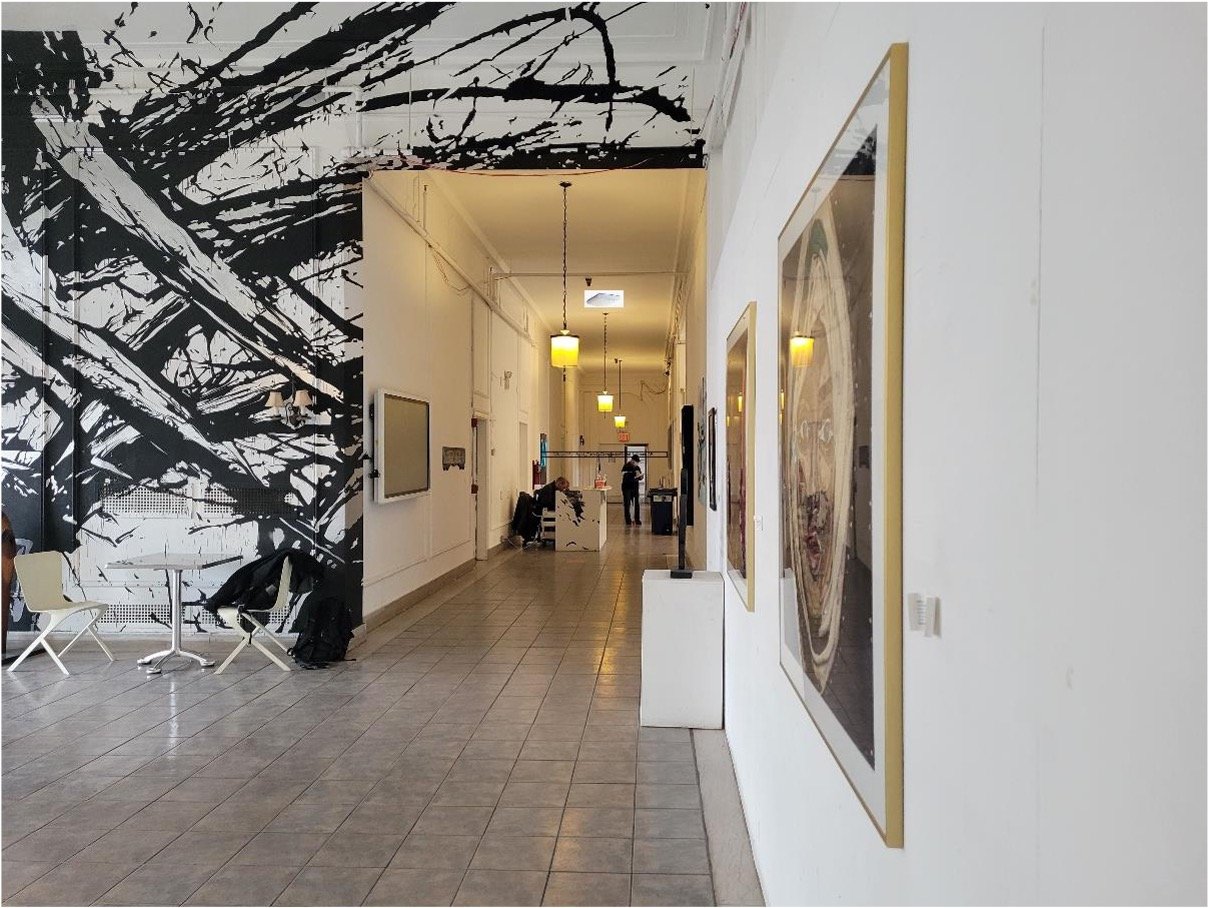As the Mercury rises during summer, so does the risk of rolling brownouts and blackouts in densely populated cities. Brownouts happen if there is a drop in electrical power or in the overall power supply. While brownouts do not cause complete power loss, they impact equipment performance and can make for a very unpleasant, stifling hot existence.
Blackouts, on the other hand, can arrest everyday life and cause shutdowns to transportation, business operations and daily life routines. Being that this is a complete loss of power for an extended period of time, it typically impacts large numbers of people throughout incredibly large areas. Blackouts usually result from major damage to electrical generation facilities and repair times can take days, if not weeks.
The areas that are most prone to power outages are high population centers. If they don’t have enough capacity to reliably serve a population, it can lead to brownouts or rolling blackouts.
These regions need to serve a lot of people and must have numerous generating plants, which creates multiple points of failure during times of system stress.
Since electricity has become such an integral part of everyday life, it’s commonplace not to think about it — until it becomes unavailable. During the summer months, high temperatures increase demand on a given electrical grid as residents try to remain cool by increasing their air conditioning usage. To make matters worse, climate change is making heat waves more prevalent and such events increase stresses on the energy system, amplifying the risk of more frequent and longer-lasting power outages, fueling shortages that in many cases impact critical sectors and systems, such as access to medical care, 911 emergency calls and other utilities such as fresh water.
Indeed, climate change is forcing electrical companies to incorporate alternative, backup power resources, to alleviate the stress extreme temperatures pose on power grids, but it is not happening quickly enough. According to Bloomberg, the US’s existing power infrastructure is woefully vulnerable to heat waves (which play havoc with demand).
Cogeneration solutions represent a proven and effective energy option to augment power supplies and increase energy efficiency. In 2020, energy production in the United States fell to just below 96 quadrillion British thermal units, down more than 5% from 2019’s record high, according to the U.S. Energy Information Administration. In fact, cogeneration is one of the few options in energy alternatives that combines environmental effectiveness with economic viability and improved competitiveness.
Why does cogeneration make sense?
Power cogeneration, or combined heat and power (CHP), is not only a smart choice for the environment, but it’s also great for the bottom line. It produces electricity and thermal energy on-site, replacing, or supplementing electricity provided from the local utility, significantly improving energy efficiency. Incorporating commercially available technology, CHP can provide an immediate solution to pressing energy problems. Simply put, cogeneration lowers demand on the electricity delivery system and frequently reduces stress on traditional energy supplies.
Therefore, it is important that university campuses, urban centers and large-scale facilities such as hospitals need to have the right partner when incorporating a cogeneration network into an existing electrical grid. For more than 15 years, electrical installers like Hugh O’Kane Electric (HOK), led by President Hugh R O’Kane, has become a leading specializer in alternative power projects for New York City and its metro area. The company has been upgrading, expanding and installing power sources for a variety of public and private enterprises on a regular basis for over 75 years.
This institutional expertise Hugh O’Kane is able to provide to private and public entities is paramount in order to design and implement network projects that can successfully expand their service offerings to increase their market share and gain more customers. This lineage and industry expertise has afforded Hugh O’Kane a competitive edge because it has expert knowledge of an area’s infrastructure and is able to work within the required parameters of existing networks much more easily. In doing so, Hugh O’Kane is able to take the time required to provide an alternative power infrastructure needed to ensure continuous, robust energy for municipalities, corporations and private enterprises











